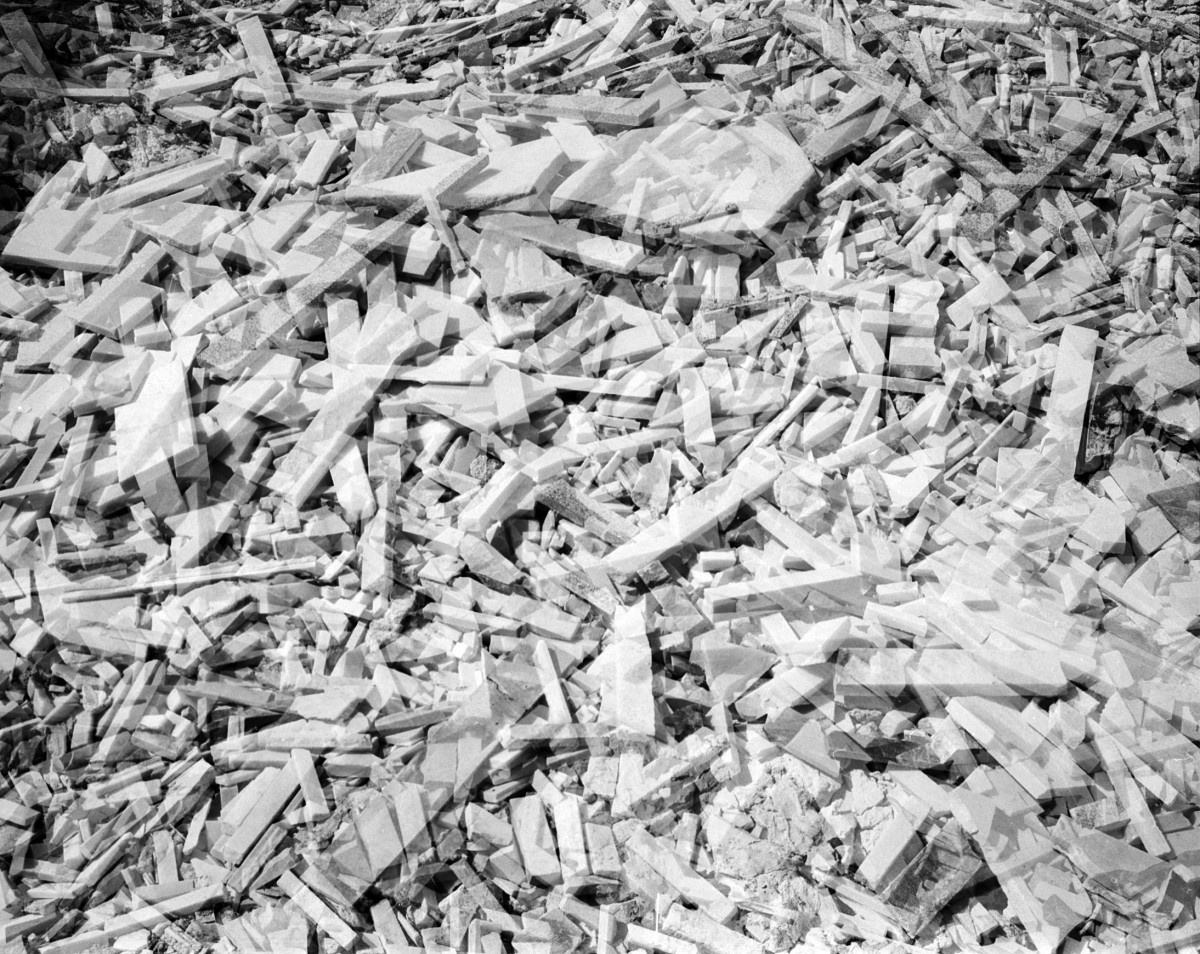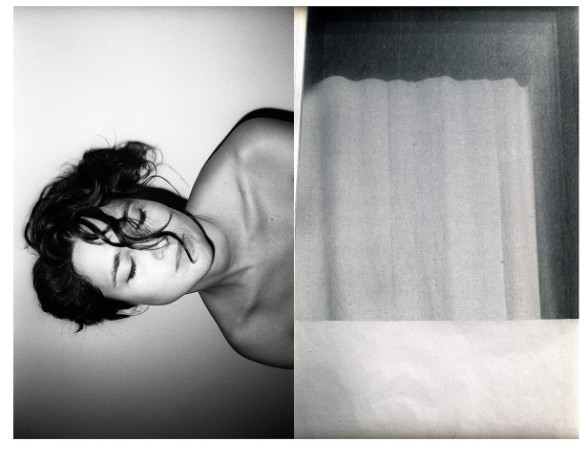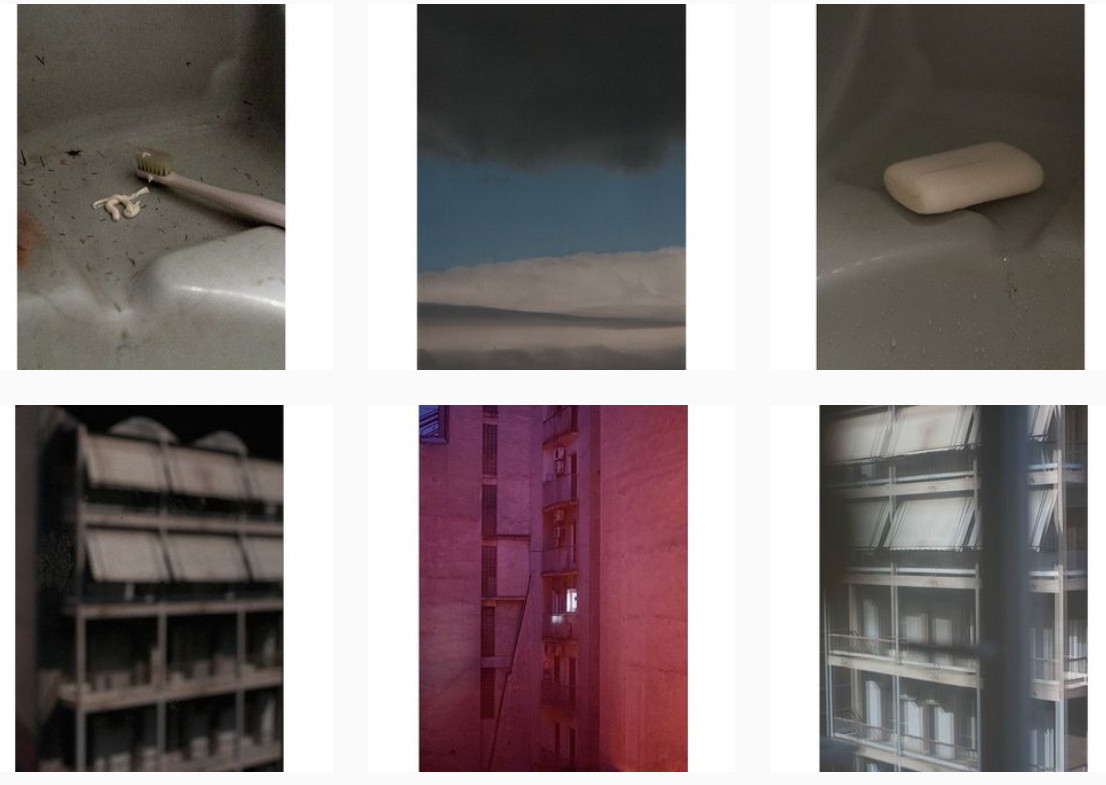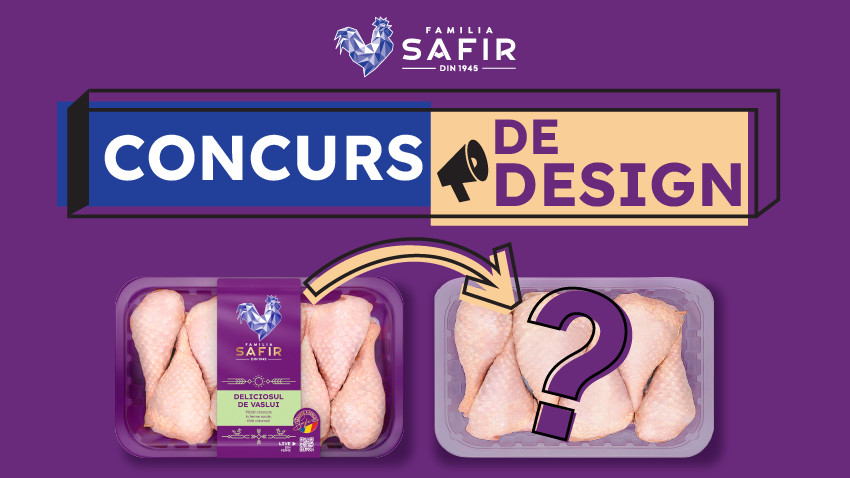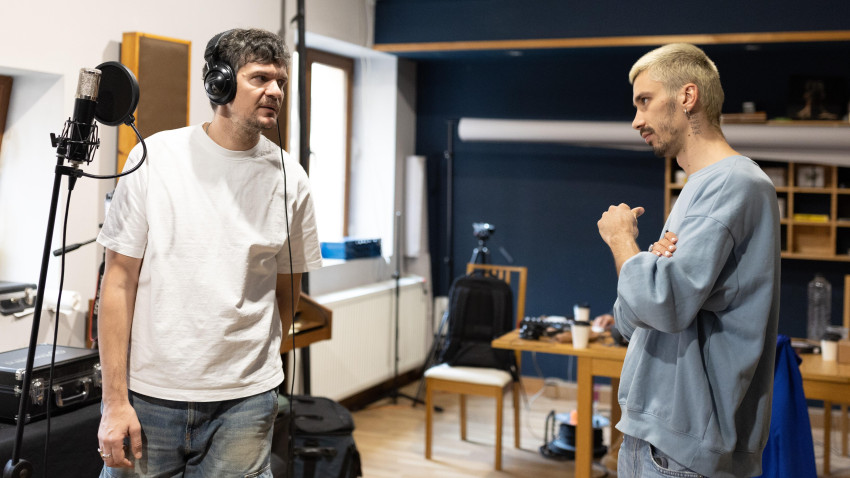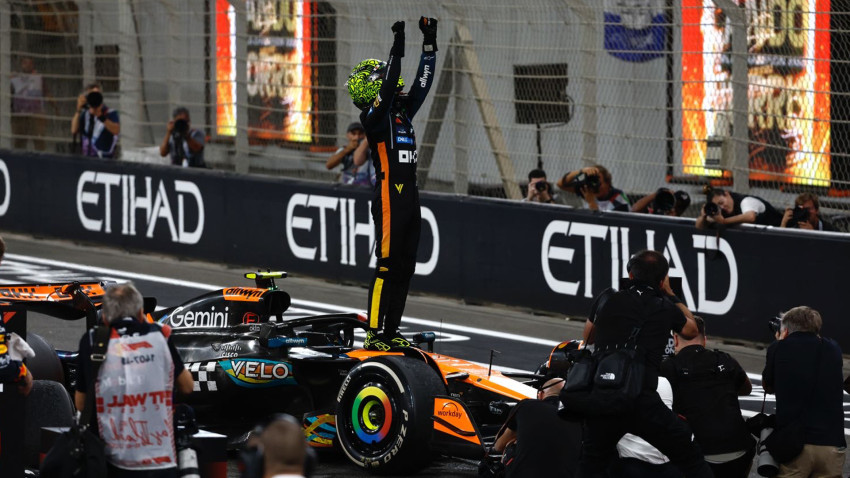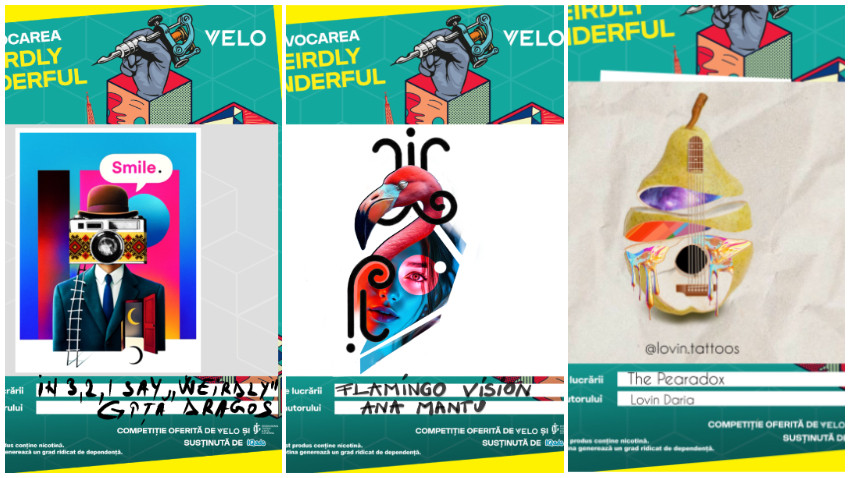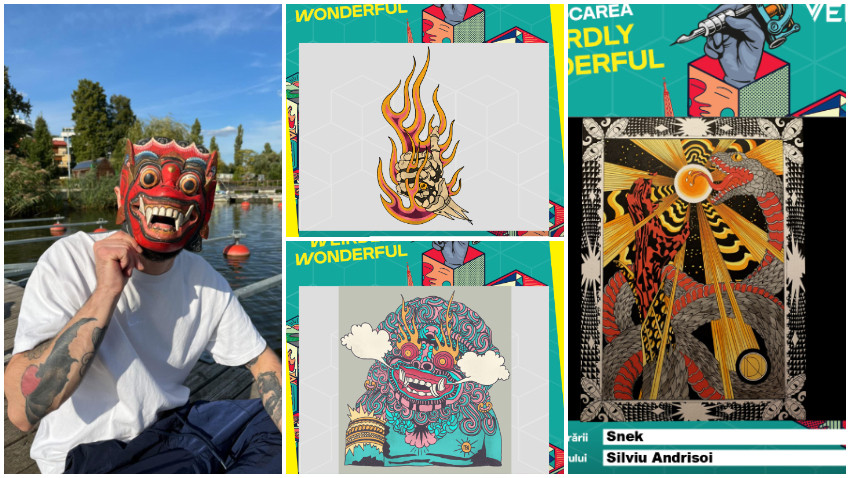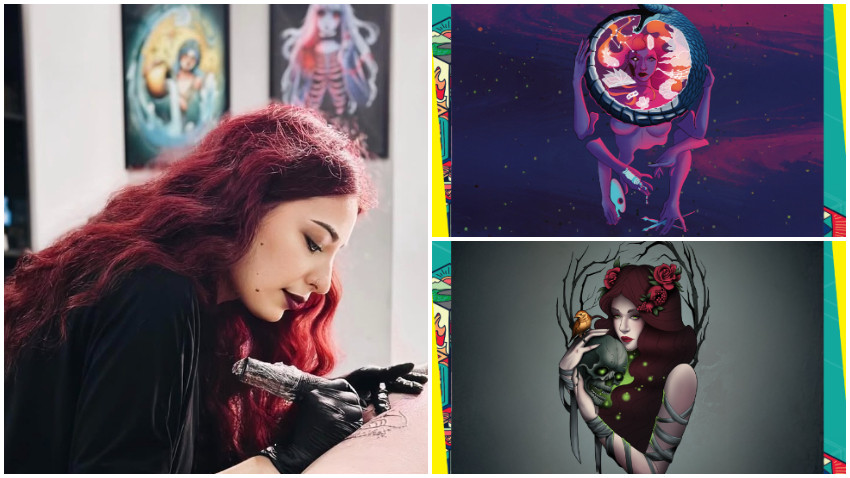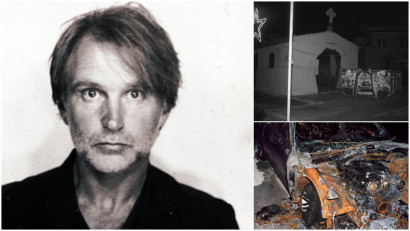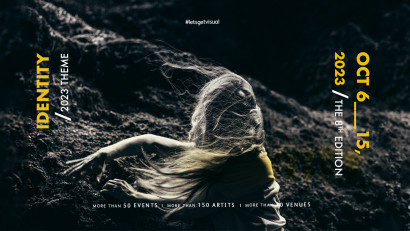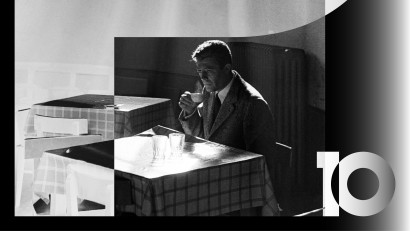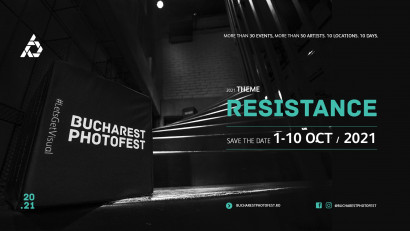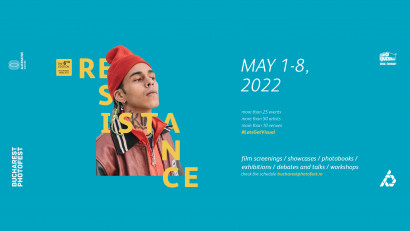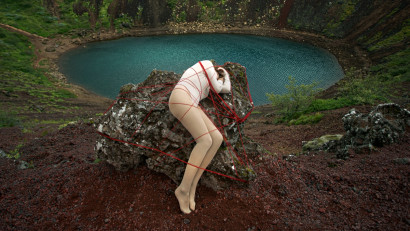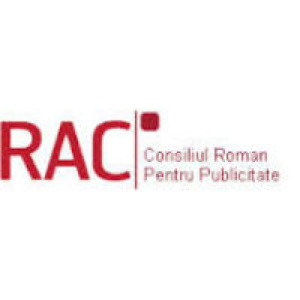For Michael Grieve, the interest in photography began in early 80s, at the intersection of post industrial and post punk movement. He studied photograhy, worked for international publications and developed a series of personal projects, like No Love Lost, which gained wide recognition. But for him, it is less about the subject and more about the sensibility of the expression.
The skill is in understanding the medium and the tool of the camera to effectively convey the meaning of the work and the uncertainties that are inevitably part of the process.
Michael Grieve was invited this year at the Bucharest Photofest, where his work was included in StayAtHome, a collective project inspired by the pandemic rituals. The event is rescheduled, but we continue to talk with the special guests of this year's edition.
Founder and director of Art Foto Mode, Michael Grieve graduated with an MA in Photographic Studies from the University of Westminster in 1997. He has been a photographer commissioned for magazines and publications internationally and teaches photography at Ostkreuzschule für Fotografie in Berlin. We talk with Michael Grieve in this interview about the doubt of the images, Instagram and the challenges of our contemporary society.
Post industrial and post punk generation
I was born in Newcastle upon Tyne, in the north east of England in 1966. It was a region that was once heavily industrialised in mining, steel and shipbuilding but in the 60’s, 70’s and 80’s was in total decline. As a youth in the late 70’s and early 80’s I was involved in the post punk ‘movement’ and this combination of the post industrial and post punk generation was fuel to my curiosity to how it was represented on TV, documentaries and photography. I went on to study photography in London at the University of Westminster in the early 90’s where the medium of photography was itself questioned and I began to develop the understanding of the complexity of the photograph as both a document and a construction of reality.
When did you discover your passion for image
I was 16 years old after having seen an exhibition of the work of Weegee. I was fascinated by his blunt yet sensitive visual approach and I liked the fact he was direct and honest. He captured the essence of the urban life of New York at that time with his straight forward working photographer attitude.
No Love Lost @ Michael Grieve
The challenges of our contemporary society
That’s a huge question. I prefer to think that the challenges are within ourselves, individually, without that, nothing changes for the better. Perhaps we have too much of everything and need to select our choices from the point of view of higher values. But, as I said, that’s a huge question to try to answer.
Procession @ Michael Grieve
The sensibility of the expression
With all the projects I embark on, the greatest challenge is to believe in that project. It is a process of integration and the meaning of the work develops with greater clarity during this process. It is essentially about exploration of the mystery of our reality. For me, it is less about the subject matter but more about the sensibility of the expression. The skill is in understanding the medium and the tool of the camera to effectively convey the meaning of the work and the uncertainties that are inevitably part of the process. I put blood, sweat and tears into my projects and more so now than ever before.
@ Michael Grieve
The meaning & the public
While I embark on a project I cannot think of an audience as it is too abstract to think of such a thing. The message I am not even sure of myself, if indeed there is even a message to the work. I think of it more in terms of trying to convey the expression of feelings, a sense of something. But neither am I trying to be obscure which I find very boring and often disingenuous. I prefer to embrace the contradictions of photography that parallel life like an echo. If, when the work is laid bare to the public, it is of course interesting to hear responses to the work and therefore continue the process of understanding the meaning or meanings of the project. The meaning of photographs are fluid and will continue to be over time.
The Problem is the Answer @ Michael Grieve
The role of Social Media
The role of social media is both helpful and a pain. We use each other. I prefer to promote workshops and features I write for magazines etc, on social media rather than seriously show work. However, in my experience, I found Instagram to be extremely brilliant during the first lockdown last year.
Instagram @ Michael Grieve
Given the fact that most of us were glued to the phone during this time, it allowed me to develop a ritual of posting a photograph everyday which then developed into the work included in the StayAtHome project, shown at the Bucharest Phootofest. So, out of bad situations, positive things can happen.




